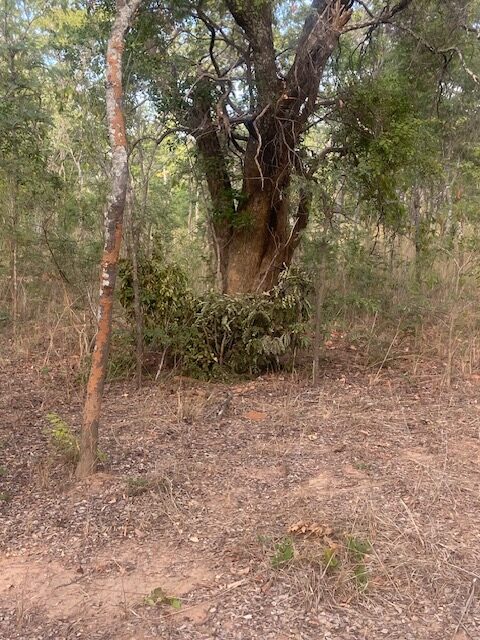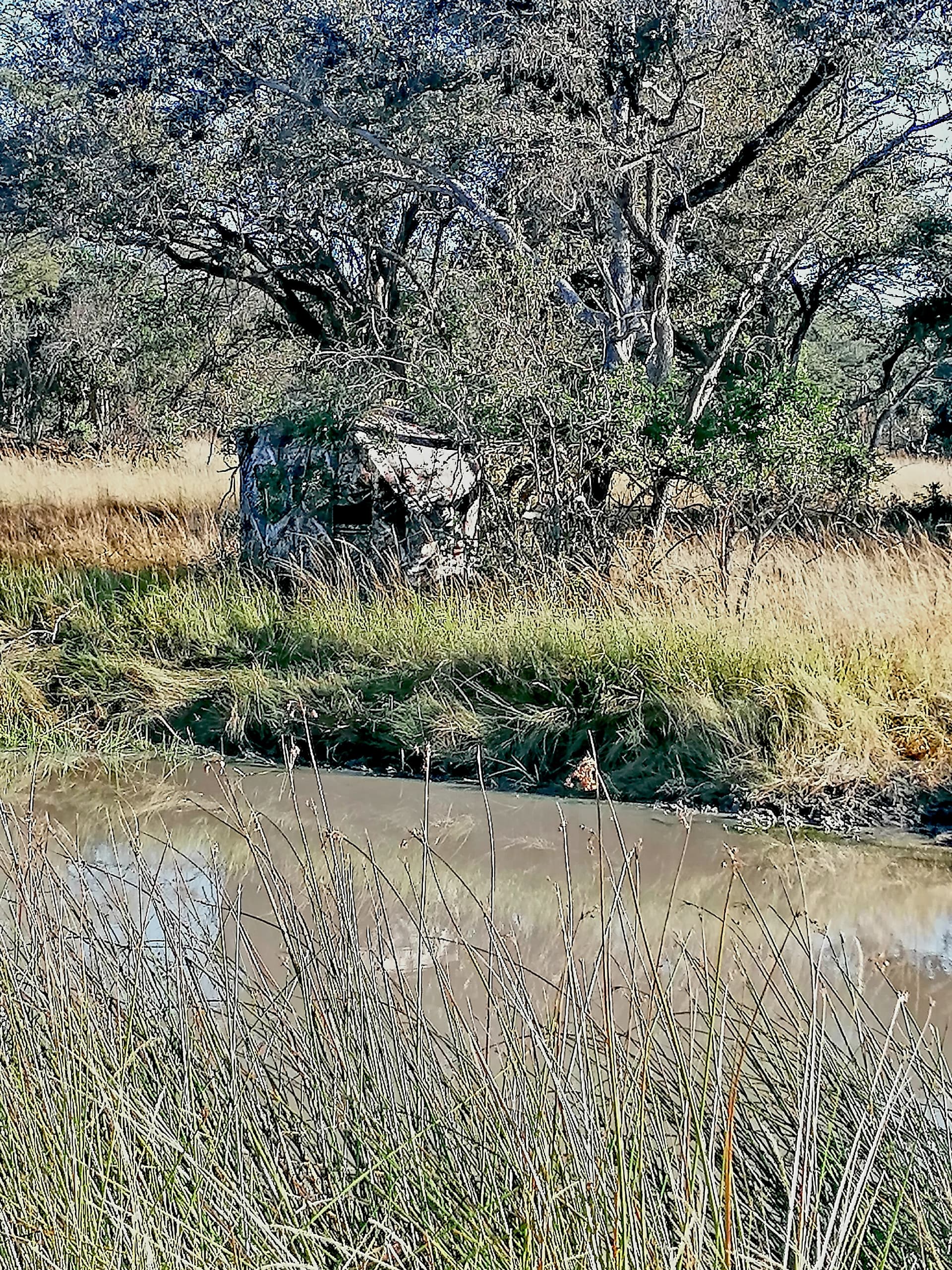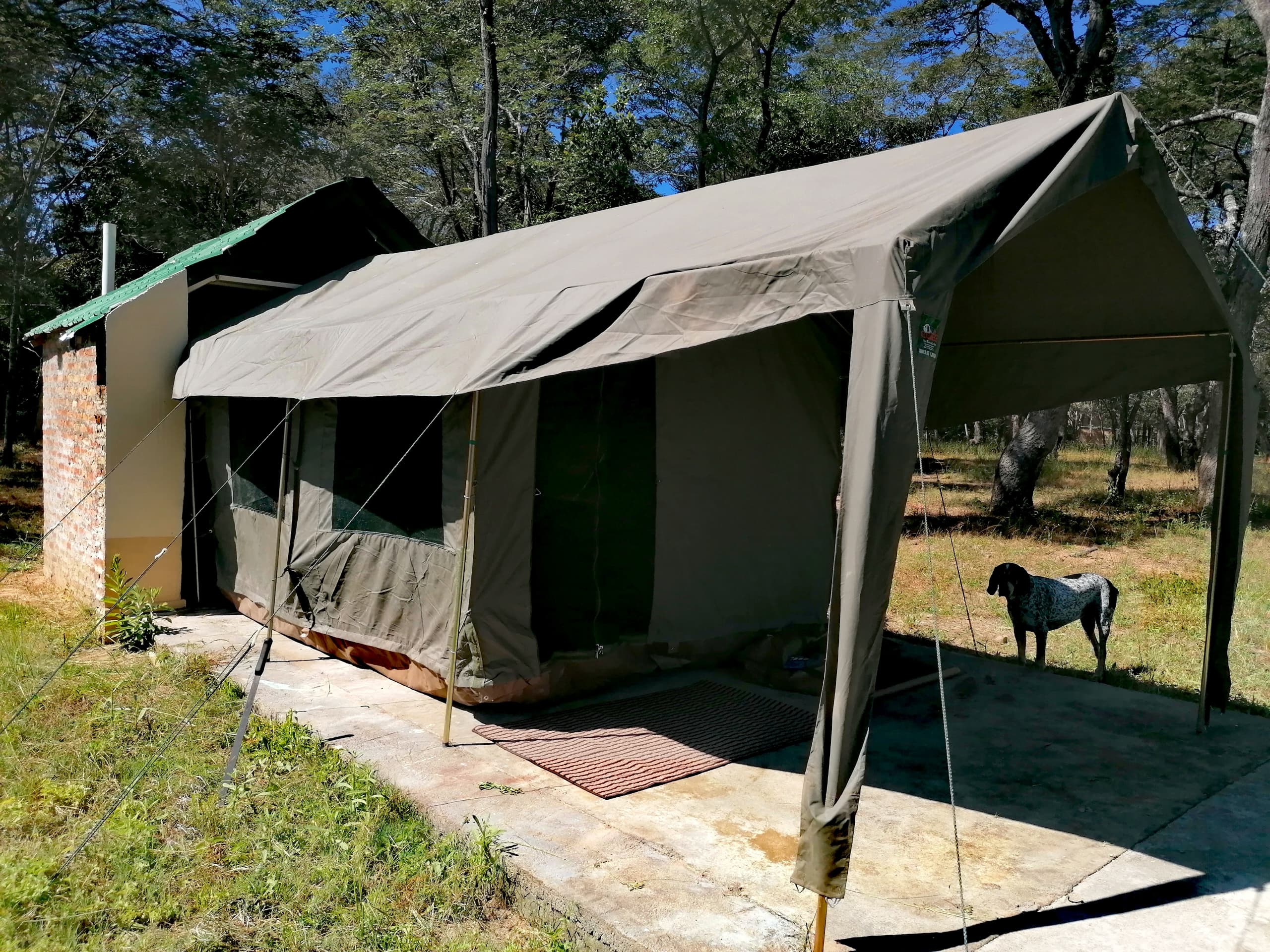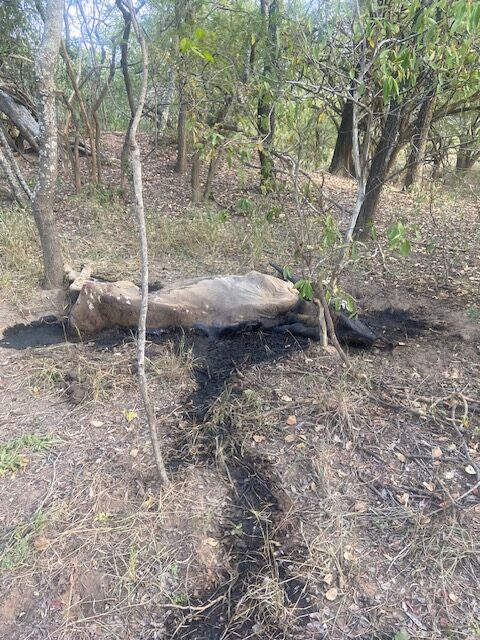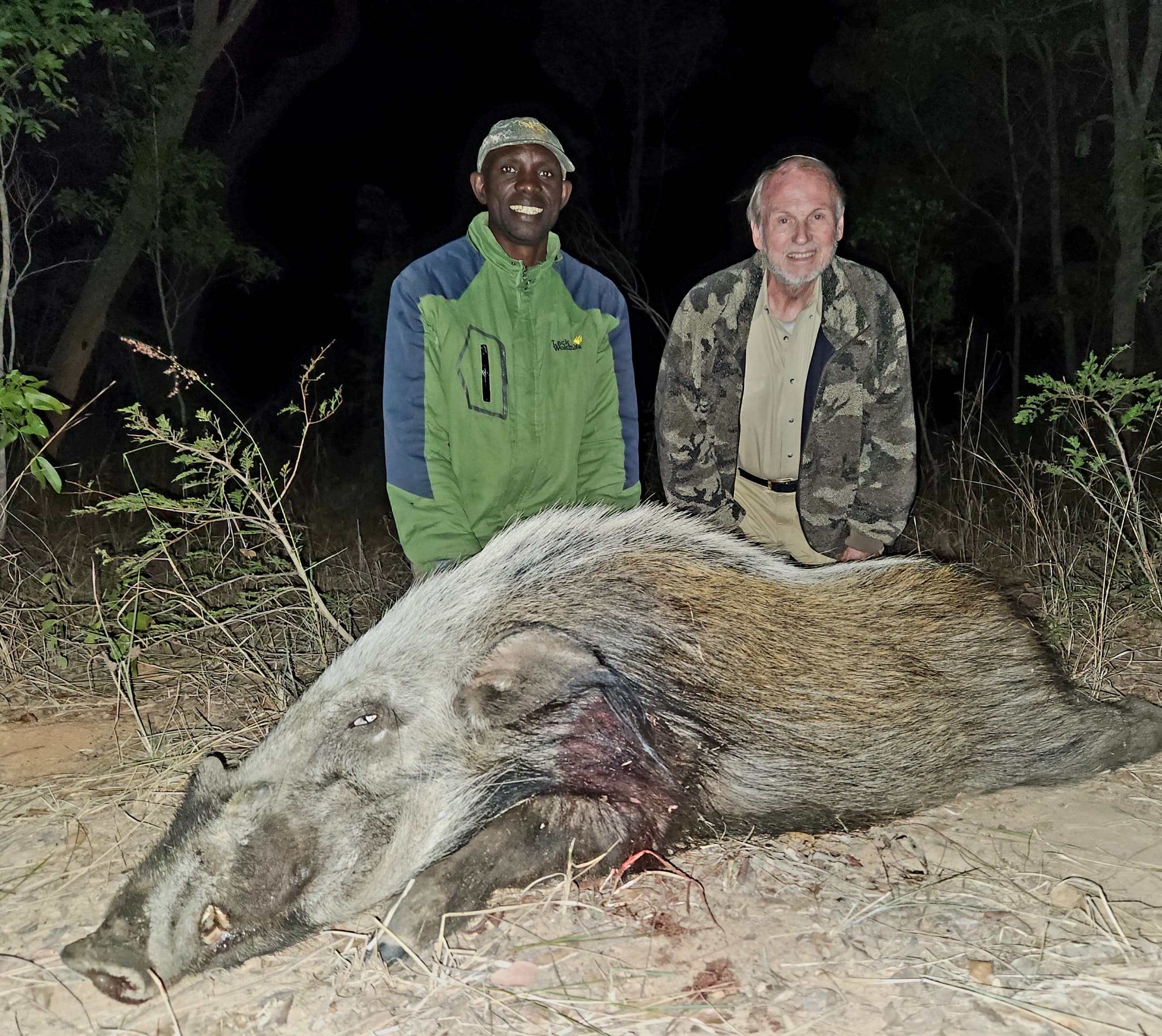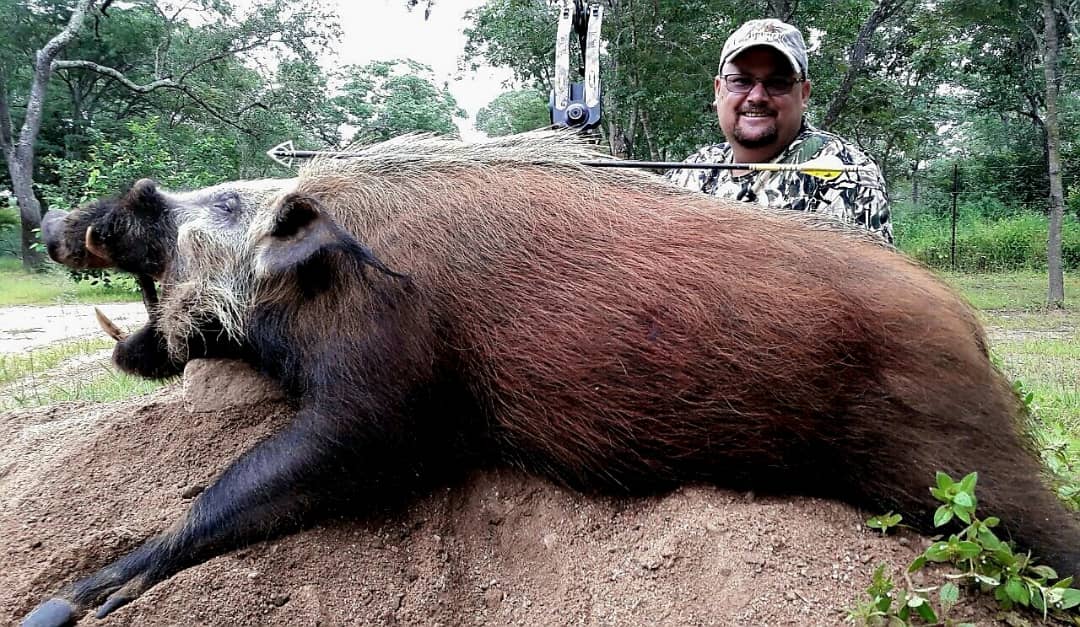By Terry Wieland
The Fiercest Heart
Stuart Cloete — soldier, novelist, elephant hunter
In 1994, when I was holed up on a remote farm in the (then) Orange Free State, learning one last time that I am not a novelist, I found myself longing for something to read other than my well-worn copy of Hemingway’s short stories and a stack of ancient Reader’s Digests left over from the previous occupant.
On a trip into Newcastle, I went into a book store, browsed the shelves, and enquired of the pony-tailed young man behind the counter if he had anything by Stuart Cloete. He looked at me blankly. Stuart who? Figuring I’d mispronounced the name, I wrote it down. He stared at it, shrugged, and said he’d never heard of him. And that was that.
Now this was a presumably literate person of Afrikaner extraction looking at the name of a man who was South Africa’s major novelist, short-story writer, and whispered candidate for the Nobel Prize for Literature into the 1960s, and who died as recently as 1976. Yet his books were not on bookstore shelves, and his name meant nothing to a bookstore employee.
This was before the advent of the Internet and its flood of information (and, more commonly, misinformation) and today, fortunately, there is scattered material available about the life and works of Stuart Cloete — a man who deserves to be known and read by anyone interested in Africa, or African hunting. In the 1960s, his name was uttered in the same breath as Hemingway or Robert Ruark. In fact, I first encountered it in Ruark’s last novel, The Honey Badger (1965), where he was mentioned as one of the then-current giants of African literature. This reference caused me to buy Cloete’s 1963 masterwork, Rags of Glory, and I’ve been searching for, and reading, Stuart Cloete ever since.
*****
Edward Fairly Stuart Graham Cloete was born in Paris in 1897. His mother was Scottish, his father an Afrikaner, he was born in France, and educated in England: You can’t get much more cosmopolitan than that. Although he was barely five years old when the Second Anglo-Boer War ended, it affected his life as it did all Afrikaners of his generation. Some became bitter anti-British nationalists; others became devoted sons of the British Empire; Cloete was one of the latter. He was educated at Lancing College and went on to the Royal Military Academy at Sandhurst. He was commissioned into the King’s Own Yorkshire Light Infantry, later transferred to the Coldstream Guards, and was badly wounded in August of 1916, during the Battle of the Somme.
After the war, he turned to writing. His grandfather, Henry Cloete, had been Special Commissioner of Natal, and Stuart drew on some of his records of the Great Trek for his first novel, Turning Wheels. It was published in 1937, sold more than two million copies, and was banned in South Africa because it not only depicted a mixed-race relationship, it also expressed some unfashionable views of what was, by then, a revered era in Afrikaner history.
Being banned invariably increases a book’s public stature, and usually its sales as well, and from that point Cloete was a major force in South African literature. He became what is called a “man of letters” although that term is usually reserved for writers of an academic bent with no particular specialty. Cloete became, first and foremost, a novelist, although he was also a highly respected short-story writer, poet, and essayist.
As a novelist, his material was the rich history of South Africa. In 1941, he published Hill of Doves (about the Battle of Majuba in 1881 that ended the First Anglo-Boer War); Rags of Glory (1963) dealt with the Second Anglo-Boer War. Along with the Great Trek (Turning Wheels) these comprised an historical trilogy.
Altogether, Cloete wrote 14 novels, published 12 collections of short stories, and wrote eight major works of non-fiction, from the life of Paul Kruger to the origins and implications of the Mau Mau Emergency in Kenya. His last books were a two-volume autobiography; the first volume, significantly, was entitled A Victorian Son, and that sums up Cloete’s life in many ways. Like Jan Smuts, he was an Afrikaner who became an Anglophile and loyal subject of the crown, but never lost a sense of his own origins.
All of the above notwithstanding, my favorite aspect of Cloete’s writing is the hunting, the animals, and the hunters. They play a major role in many of his books and in some of them — notably The Curve and the Tusk, Gazella, and The Fiercest Heart — elephant hunting is central to the plot. Cloete knew whereof he wrote, for he was an elephant hunter himself.
These are not “big” novels in the block-buster sense, like James Michener’s Hawaii and epics of that ilk. They more resemble Hemingway’s shorter, more concentrated works like The Sun Also Rises, in which a few characters are examined in depth. There is no cast of thousands in the usual Cloete novel; more likely it will be a cast of three or four, and the subject will be what William Faulkner referred to as the “eternal truths, the truths of the heart.”
*****
In 1976, I was in South Africa as a reporter for the Canadian Broadcasting Corporation (CBC) at the time of the Soweto Riots. Cloete had died in Cape Town earlier that year, and amid the rising plumes of smoke as the rioting spread in all directions, clearly visible on all sides of Johannesburg from the roof-top bar at the Carlton Hotel, Cloete’s name came up among the correspondents of the world’s newspapers. In various writings, Cloete had foreseen what we were now seeing for real.
In the hotel bookshop, I found a copy of Turning Wheels (no longer banned at that point) and read it on the plane home. It’s the story of the Voortrekkers who strike off into the interior in 1837, battling Zulus on the one hand and their personal demons on the other. Like the Trek itself, it is Biblical in its implications, and the villain of the piece is the Old-Testament patriarch, Hendrik van der Berg, who murders his own son in order to steal his betrothed, Sannie van Reenen. Hardly gets much more Biblical than that. The hero, for lack of a better word, is a hunter, Swart Piete du Plessis, and his sister, Sara, equally devoted to hunting and a life of freedom, rejecting the Boer orthodoxy that worships farming, disdains wild animals, and regards hunters as ne’er-do-wells.
One of the most memorable scenes occurs when Sara, on her own on horseback, encounters a Cape buffalo, wounds it, and is unable to escape. The buffalo kills her horse and Sara manages to climb a small tree, but is unable to get high enough. The buffalo licks the flesh from her lower legs down to the bone and she bleeds to death.
Fourteen years later, I found myself in the Okavango, hunting buffalo with Tony Henley, the Kenya professional hunter who fought the Mau Mau and knew Stuart Cloete personally. I asked him about that famous vignette. He regarded it as unlikely.
“A lion, now, a lion might do that,” he told me. “A lion has a rough tongue, being a cat. A Cape buffalo? I doubt it. But I wouldn’t put anything past them, and Cloete knew his history. It might well have happened.”
Or, the scene might have been Hemingwayesque, wherein the author creates something more real than reality itself. Whatever the case, the image has stuck with me and, whenever I hunt buffalo, I always note any tree big enough to get out of reach.
In many ways, Cloete was an author ahead of his time. The mixed-race relationship in Turning Wheels is one example; he is also what could be called a “feminist” author. His three heroines in that book are Sara, Sannie, and a wise old Afrikaner lady named Tante Anna. Similarly, some of the most admirable characters are their black retainers. The Fiercest Heart (1955), another novel of the Great Trek, is about a woman who would be admirable in any society, while Gazella (1958) centers on a woman who is less admirable but doubly formidable.
It’s a difficult thing for a novelist to live within a society of which he is critical, subject to such oppression as having a novel banned, or worse, yet continue to depict things as he sees them and believes to be right.
After 1948, the accession of the National Party, the imposition of apartheid, and a general increase in Afrikaner nationalism and the suppression of pro-British feeling, Stuart Cloete found himself in a situation not unlike that of Alexander Solzhenitsyn in the USSR in the 1960s. The South African police were not the KGB, but they were no slouches, and they could be completely color-blind in their imposition of techniques of persuasion involving rubber hoses.
Fortunately, like Solzhenitsyn and Boris Pasternak before him, Stuart Cloete had attained a level of international renown as a writer that rendered him, to all intents and purposes, untouchable by the regime. Any attack on him would result in a monumental public-relations blow at a time when they were trying to smooth relations with other countries. After his death, events moved quickly in South Africa and by 1994 it was ready to move to full majority rule.
Alas for Stuart Cloete, he fell from prominence as a writer. He was pro-English, so did not appeal to the Afrikaner die-hards; he was white, and he was male, which rendered him unfashionable on several levels. Today, the only real tribute to him is the annual literary prize awarded by Lancing College, his old school in England, to a student who is a promising writer.
But, as Robert Ruark once said, there are “worse monuments to a life than a book or a tusk.” Stuart Cloete, writer and elephant hunter, would surely have appreciated that.
